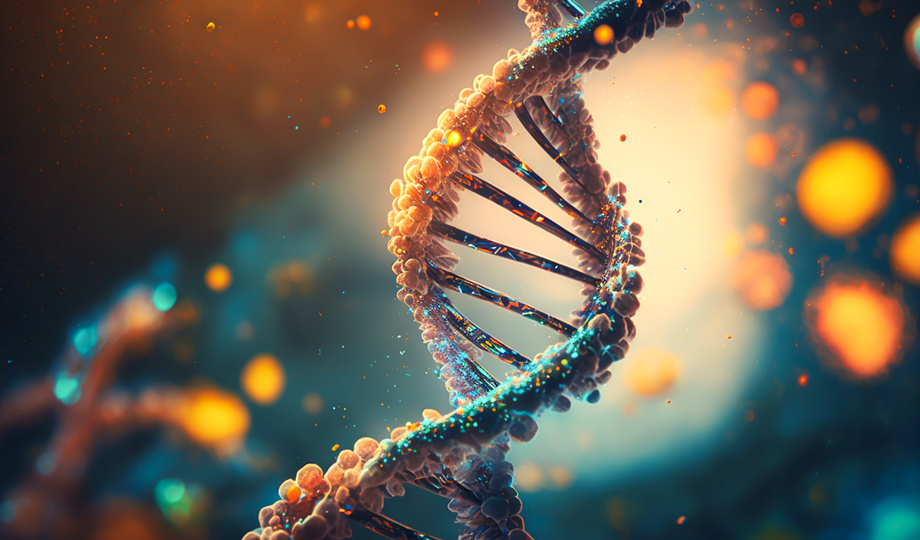Whole Tissue Protein Mapping
A tool and method for precise, high-throughput spatial mapping of proteins across whole tissue samples.
Spatial proteomics enables delineation of spatial localization of proteins within cells and tissues. This ability to identify and study the relative location and quantification of one or more proteins, whether ones that are endogenously expressed or ones that are exogenously administered, enhances our understanding of biological processes, disease mechanisms and tissue microenvironments and may prove useful for the identification and development of clinically relevant biomarkers and therapeutics.
Arising out of the Department of Pharmaceutical Sciences, this University at Buffalo invention provides the first ever tool and method for spatially resolved whole tissue mapping of proteins. Specifically, this micro-scaffold assisted spatial proteomics (MASP) approach involves use of a micro-scaffold that enables reproducible, robust and complete tissue micro-compartmentalization that preserves precise spatial information followed by highly sensitive LC-MS and map generation. Because accurate, high resolution mapping requires uniform and complete compartmentalization of the tissue slice and procurement of the micro-specimens without residual tissue being left behind, the grid-like micro-scaffold, the module that enables precisely-regulated pressure against and through the sample, and the piston array procurement tool were all optimized to achieve a 100% success rate for securing high quality micro-specimens - a rate that also resulted from identification of optimal conditions for said compartmentalization and procurement. Map generation is accomplished via a proprietary software that provides customizable protein maps based on spatial coordinates and quantitation of protein amounts within individual micro-specimens. The software also allows the user to visualize protein distribution patterns as well as to identify correlations between a protein's distribution map and a map of a protein of interest. This correlation feature aids in identifying and studying spatially organized biological processes.
 Source: idealeksis, https://stock.adobe.com/uk/568628205, stock.adobe.com
Source: idealeksis, https://stock.adobe.com/uk/568628205, stock.adobe.com
- High data quality
- Quantitative mapping
- High throughput
- Basic research
- Drug development
PCT/US2024/033163 filed June 7, 2024.
Prototype tested across multiple tissues
Available for licensing or collaboration.
Nature Communications volume 13, Article number: 7736 (2022)
Patent Information:
| App Type |
Country |
Serial No. |
Patent No. |
Patent Status |
File Date |
Issued Date |
Expire Date |
|